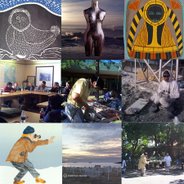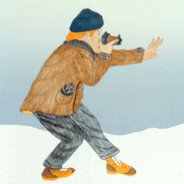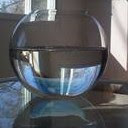Pytheas, a 4th century Greek astronomer from Massilia (Marseilles). He was a contemporary of Aristotle and Alexander the Great. He made his journey north to Thule to the Arctic Circle in 325 BC in a 200-ton galley, man-powered with oars. He saw a substance which ‘can neither be traversed by foot nor by boat.”
Legends speak of Irish monks in 6th century who sailed west and north in currachs skin boats.
By the 9th century the Vikings who had seized Ireland heard of these Irish monks on the island of Thule. Eric the Red and 1500 Icelanders went to Greenland’s southwest coast. (Vikings protected eider ducks, never killing them. They plucked them for their down.)
Antonio Zeno 14th century Venetian claimed to have journeyed to the Arctic. The map he supposedly made including imaginary islands that were considered to be factual even by Mercator in 1569, the Flemish geographer.
Martin Frobisher, an Elizabethan, uneducated pirate-mariner who might have gained his sea experience through the slave trade, attempted the discovery of the Northwest Passage in 1576. He encountered Inuit living in skin tents on Resolution Island at the mouth of Hudson Strait. He lost five of his sailors who left with an Inuit in a boat and were never seen again. This story was told among the Inuit for many generations. The sailors may have preferred life with the Inuit to sailing with Frobisher. The regretted their decision and may have died attempting to rejoin Frobisher. (In 1860 Charles Francis Hall heard accurate accounts by Inuit of Baffin Island on Frobisher’s crew.
On the same trip Frobisher captured an Inuit hunter, his kayak, black rock and took him back to England where he died. The rock was believed to have contained gold and a second trip was undertaken. It was fool’s gold. (Was this the trip where Frobisher got an arrow in the bottom?)
John Davis in 1585 voyaged up what would later be called Davis Strait, along the coast of Baffin Island to the perpetually ice-free sea in north Baffin Bay.
In 1602 Henry Hudson, an unknown mariner on his first voyage found the whaling grounds of Spitsbergen which would become a source of great wealth to the British.
Hudson later returned to North America and entered the inland sea, Hudson Bay. His ship, the Discovery was forced to winter there in James Bay. His crew mutineed and left Hudson, his son and others to die. Some of the mutineers were later attacked by Inuit.
In 1616 Robert Bylot and William Baffin sailed to Hudson Bay.
Aside: Keating described the ice-covered 6,000' mountain on Bylot Island facing the traveller in Lancaster Sound flashing with shards of the sun’s rays against a salmon and apricot coloured sky
Aside: cloud piercing icebergs, Arctic waters create fogs and low cloud formations.
Wednesday, December 27, 2006
Subscribe to:
Post Comments (Atom)




No comments:
Post a Comment